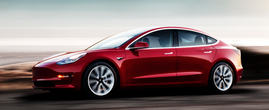 Photo: Tesla
Photo: Tesla Whether you’re a dedicated environmentalist or just an electric car freak, the new Tesla Model 3 sedan may be your holy grail.
At $35,000 for starters, it’s a sinuous ride fit for the country club. It hits 60 in 5.6 seconds, close to a Porsche Panamera, and goes 220 to 310 miles on a charge. It can be stuffed with autonomous driving and other hot technologies. But it’s trés cool, with around 400,000 buyers plunking down thousand-dollar deposits. And it comes with a huge target on its trunk.
Coming for Tesla
You see, the major automakers, titans of a nearly $2 trillion global industry, have awakened. They’re coming for Tesla to feed on its success in creating a viable market for battery electric cars, or BEVs. Venerable luxury brands from Audi to Volvo are revealing BEV concepts and urgent plans for Tesla-targeted models that could amp up driving for Long Islanders in the next decade. “General Motors believes in an all-electric future,” says VP Mark Reuss, a sentiment shared by many industry peers.
At GM, Cadillac contemplates a BEV while fielding a plug-in hybrid CT6 sedan with “Super Cruise,” a Tesla-competitive autonomous driving option. BMW plans multiple BEVs: a 2019 MINI, a 2020 X3 SUV and an all-new “technology flagship,” the 2021 iNext, which the company says “will combine electro-mobility with autonomous driving and new interior connectivity options for the first time in a series-production model.”
Lexus Skips Hybrids
Lexus may skip gas-electric hybrids and go straight to BEVs and hydrogen fuel-cell models. Its recently unveiled LF-1 Limitless crossover concept is a futuristic, electron-laden baby that could reach Long Island garages before 2025. “We haven’t announced which Lexus products will offer electric drivetrains,” says spokesman Ed Hellwig, “but the overall market is clearly moving away from sedans in favor of crossover vehicles.”
Mercedes-Benz’s BEV ambitions start with the 2019 EQ SUV, now in pre-production with a 300-mile range and autonomous driving. Porsche’s Mission E also arrives next year, says spokesman Christian Koenig, and is prepped to go 300 miles and recharge up to 80 percent in 15 minutes.
Model 3's Minuses
Pressure on Tesla comes from the Model 3’s minuses as much as its benefits. MSRP reaches up to $60,000 with the most desired options and anything beyond black paint. It’s a sedan amid the market shift to SUVs and crossovers. The interior, except for the tablet housing most driver controls, differs little from one in an upmarket Honda Accord. And with 2017 output way below expectations (described by founder Elon Musk as “production hell”), depositors have waited patiently a year or more as competitors boast of superior manufacturing and dealer capabilities. Tesla declined to respond, with the company’s Kristina Skinner saying it “does not often accommodate requests for on-the-record interviews.”
But before you claw back your Model 3 money, be forewarned that you’ll lose a lot of style with the current mundane alternatives, such as BMW’s i3 (205-mile maximum range), Chevrolet’s Bolt (238) and the Nissan Leaf (150). Later this year, Jaguar targets Tesla with its racier 2018 I-PACE SUV. With a 220-mile range and an 80-percent recharge in 90 minutes, it will likely cost you twenty grand more a loaded Model 3. “At its core, Jaguar is about sexy, sporty, well-performing cars,” says spokesman Nathan Hoyt. “Our new I-PACE will have more than 500-lb. ft. of torque, be capable of 0-60-mile-per-hour times in the four-second area and with so much of its mass down low, courtesy of the batteries, will handle like our owners expect.”
Overwhelming Choices
What you can also expect over the next 10 years is that you’ll have a good chance of cruising the LIE in all-electric style, with the choices overwhelming. The only question to ask yourself today is how long you’re willing to wait.
This column first appeared in the Spring 2018 issue of Long Island Living magazine. Read the published story here.


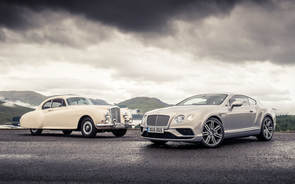
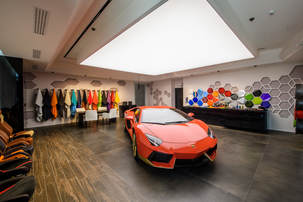
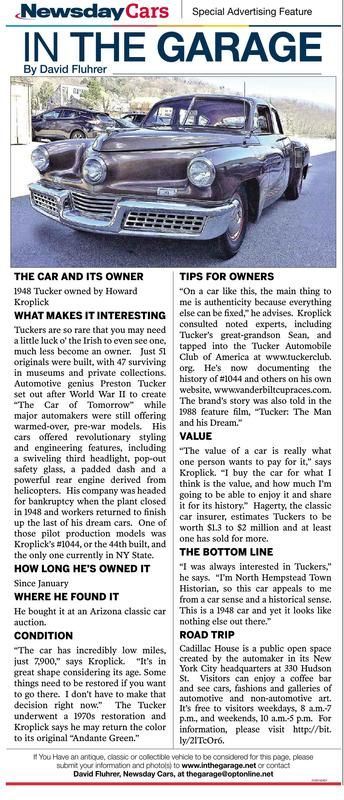
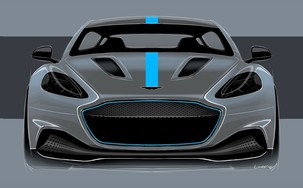
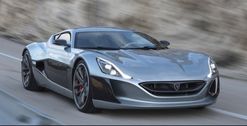
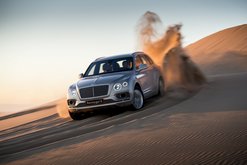
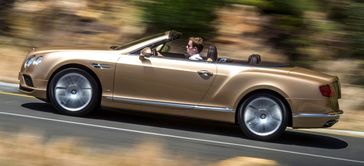
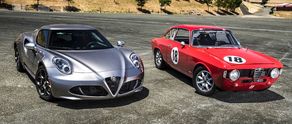

 RSS Feed
RSS Feed
